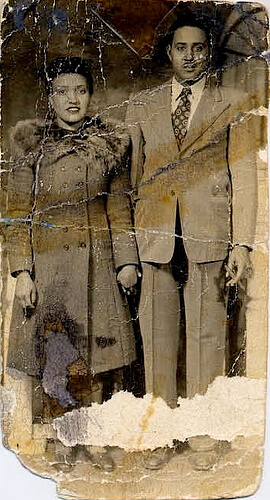Explosions and Blast Injuries
A Primer for Clinicians
Key Concepts
Bombs and explosions can cause unique patterns of injury seldom seen outside combat.
•The predominant post explosion injuries among survivors involve standard penetrating and blunt trauma
.Blast lung is the most common fatal injury among initial survivors.
• Explosions in confined spaces (mines, buildings, or large vehicles) and/or structural collapse are with greater morbidity and mortality.
• Half of all initial casualties will seek medical care over a one-hour period. This can be useful to predict demand for care and resource needs.
Expect an “upside-down” triage - the most severely injured arrive after the less njured, who bypass EMS triage and go directly to the closest hospitals.
Background
Explosions can produce unique patterns of injury seldom seen outside combat.
When they do occur, they have the potential toinflict multi-system life-threatening injuries on many persons simultaneously. The injury patrns following such events are a product of the composition and amount of the materials involved, the surrounding environment, delivery method (if a bomb), the distance between the victim and the blast, and any intervening protective barriers environmental hazards. Because explosions are relatively infrequent, blast-related injuries can present unique triage, diagnostic, and management challenges to providers of emergency care.
Few U.S. health professionals have experience with explosive-related injuries. Vietnam era physicians are retiring, other armed conflicts have been short-lived, and until this past decade, the U.S. was largely spared of the scourge of mega-terrorist attacks. This primer introduces information relevant to the care of casualties from explosives and blast injuries. As the risk of terrorist attacks increases in the U.S., disaster response personnel must understand the unique pathophysiology of injuries associated with explosions and must be prepared to assess and treat the people injured by them.
https://www.cdc.gov/masstrauma/preparedness/primer.pdf
A Primer for Clinicians
Key Concepts
Bombs and explosions can cause unique patterns of injury seldom seen outside combat.
•The predominant post explosion injuries among survivors involve standard penetrating and blunt trauma
.Blast lung is the most common fatal injury among initial survivors.
• Explosions in confined spaces (mines, buildings, or large vehicles) and/or structural collapse are with greater morbidity and mortality.
• Half of all initial casualties will seek medical care over a one-hour period. This can be useful to predict demand for care and resource needs.
Expect an “upside-down” triage - the most severely injured arrive after the less njured, who bypass EMS triage and go directly to the closest hospitals.
Background
Explosions can produce unique patterns of injury seldom seen outside combat.
When they do occur, they have the potential toinflict multi-system life-threatening injuries on many persons simultaneously. The injury patrns following such events are a product of the composition and amount of the materials involved, the surrounding environment, delivery method (if a bomb), the distance between the victim and the blast, and any intervening protective barriers environmental hazards. Because explosions are relatively infrequent, blast-related injuries can present unique triage, diagnostic, and management challenges to providers of emergency care.
Few U.S. health professionals have experience with explosive-related injuries. Vietnam era physicians are retiring, other armed conflicts have been short-lived, and until this past decade, the U.S. was largely spared of the scourge of mega-terrorist attacks. This primer introduces information relevant to the care of casualties from explosives and blast injuries. As the risk of terrorist attacks increases in the U.S., disaster response personnel must understand the unique pathophysiology of injuries associated with explosions and must be prepared to assess and treat the people injured by them.
https://www.cdc.gov/masstrauma/preparedness/primer.pdf
![[thyme]](http://cdn1.medicalnewstoday.com/content/images/articles/266/266016/thyme.jpg)
![[thyme and olives]](http://cdn1.medicalnewstoday.com/content/images/articles/266/266016/thyme-and-olives.jpg)
![[thyme oil]](http://cdn1.medicalnewstoday.com/content/images/articles/266/266016/thyme-oil.jpg)


